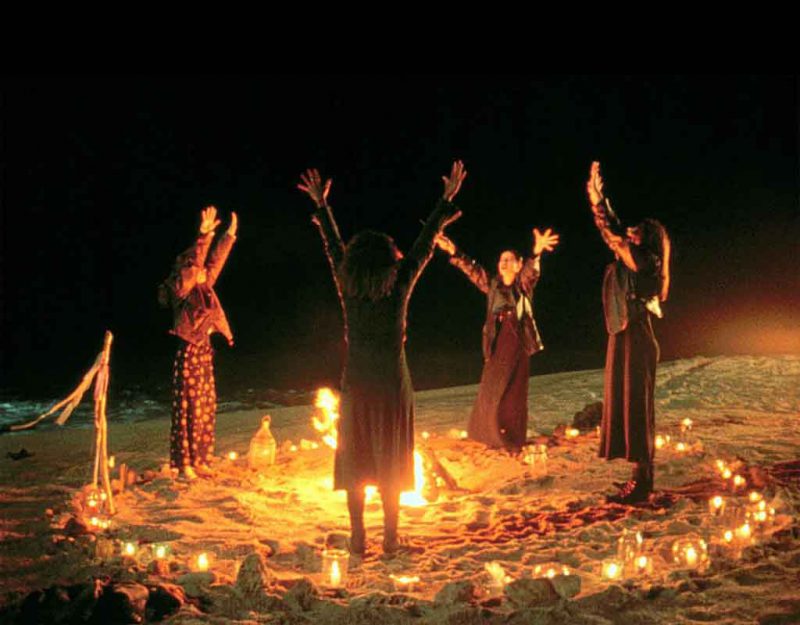Generational Death Theory
To be human is to be an archaeologist of the intellect, digging through what people did to try to understand what they were thinking, and therefore what they valued, and from that, who they were.
This resembles the study of literature more than regular archaeology since you are trying to understand character more than motivation alone, even if you use motivations to scatter-plot character.
Long ago it struck me that people engaged in a type of primal rationalization where they saw the world as unchanging because this made them feel powerful i.e. not temporal and small.
In this primal rationalization, where they accept the world as eternal in the state that they first encountered it not because they like that state but because they have adapted to it, and wish to avoid having to change their thinking to adapt to a changed world, external reality is like a watercolor painting: no matter what they do, it does not change, although the colors fade a bit and the gradients consequently get simplified into binaries over the years.
For an example of a gradient into binary, consider the case of my neighbor who painted his house a very light yellow and then let it sit under the Texas sun for a few seasons. His kids told their friends that they lived in a white house.
If you took a block of homes, each painted a different degree of shade of yellow, you would eventually get a binary: some homes would be seen as white, some as yellow, and the dividing line would be near the midway point up the street.
Similarly in the primal rationalization, things fade but never lose their fundamental characteristics, so anything that the individual does gets attributed to that fading.
We might even say that the primal human statement is, “it’s not my fault.” The primal rationalization allows this because all decay is blamed on time and sunlight, not the actions taken by individuals.
When do people first see the picture they use in their primal rationalization? For a long time, I thought it was during the teen years; now I believe it to be when they first come really into consciousness, somewhere between seven and eleven years of age.
If someone sees the world at ten years of age, he forms a basic archetype topography in his mind of what is there. Later to that he adds an understanding of how things work in the current system. Still later he understands motivations.
Consequently people build from that first image, and rationalize all other knowledge to fit with that, creating a Hegelian tunnel-vision leading away from reality toward a world of pure symbol, emotion, and peer pressure.
This explains why in human societies big changes only occur when a powerful generation dies off. That generation, sticking to its primal rationalization, will insist that the world be treated as if it were the same as it was when they were ten years old.
Updating their knowledge, or even considering alternatives, would destabilize them because it would reject the primal rationalization and force them to “wake up” in a world that is constantly changing, much of it bad.
People retreat into the comfortable little mental ghetto of Crowdism. If you can find a dozen buddies who insist that the world has not changed, you can enforce that on others and successfully resist noticing change.
However, this leads away from accumulating knowledge and instead simply reinforces what becomes dogma and therefore, a goal in itself to replace all other goals. This is how ideology comes about.
Conservatives figured this out years ago and realized that the best way to deal with this was a world that mostly did not change at all, meaning that the few changes which must be dealt with were small and came in manageable doses.










